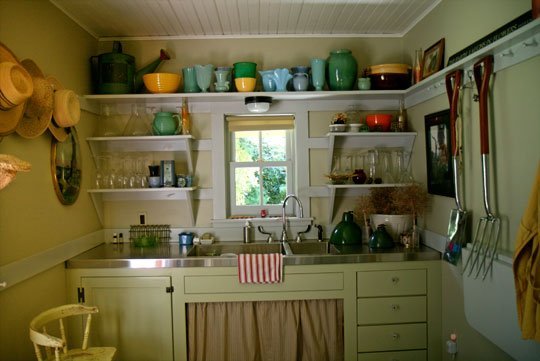Our heirloom “Early Louisiana” jonquils are a wonderfully fragrant, unusually vigorous form of N. jonquilla that blooms weeks earlier than the ones sold by mainstream sources – but why? An intriguing answer to that question was offered in the March 2012 Daffodil Journal by the late Carl Amason, a founder of the Arkansas Daffodil Society and a great mentor for me when I first got interested in old daffodils 30 years ago.
Carl lived on the old family homestead in southern Arkansas, and four very old daffodils flourished there: Buttercups (his name for the original trumpet daffodil, aka Lent lily), Butter and Eggs, Twin Sisters, and jonquils – which he described as “a strain of Narcissus jonquilla which was vigorous, prolific to self sow,” and had a fragrance that would “make a statement, especially by moonlight on a warm night.”
But, he wrote, “I was frequently asked why some jonquil plantings were much earlier and more vigorous than others.” At first he “assumed that the more vigorous . . . were growing in established places with good soil and more sun.” Later he realized “there were two or more distinct strains of N. jonquilla, and that was the primary reason for the differences.”
The earlier-blooming strain was what he “came to call the French jonquil, to distinguish it from the English jonquil that bloomed a month later.” This strong-growing French strain “has become naturalized in north Louisiana, south Arkansas, and east Texas,” he wrote, but it’s not as common further east where the less vigorous strain “that came with the English speaking peoples from Virginia and the Carolinas” predominates. “Evidently,” he concluded, “the New Orleans settlers brought the earlier French strain upriver to Arkansas and east Texas.”
Native to Spain and Portugal, N. jonquilla has been naturalized in the nearby south of France for a very long time. Like many wild plants, it’s a highly variable species, and it’s reasonable to believe that centuries ago earlier-blooming strains were favored by gardeners along the sunny Mediterranean in France, while later-blooming strains were preferred in the more northerly British Isles – and the bulb fields of the Netherlands – where spring comes later and early flowers would be more likely to be damaged by late frosts. Carl’s French/English dichotomy also helps to explain why virtually all modern hybrid jonquils are later blooming. As he wrote, “The English strain was what the hybridizers, mostly British, used in their work because it was only natural for them to use what was readily available.”
“This is all speculation on my part,” he added, but his conclusions make sense to me. Today the English strain is widely offered by mainstream bulb-sellers, but if you want the vigorous, early-blooming, richly fragrant, heirloom French strain – grown for us in east Texas – we’d be glad to help you out!












